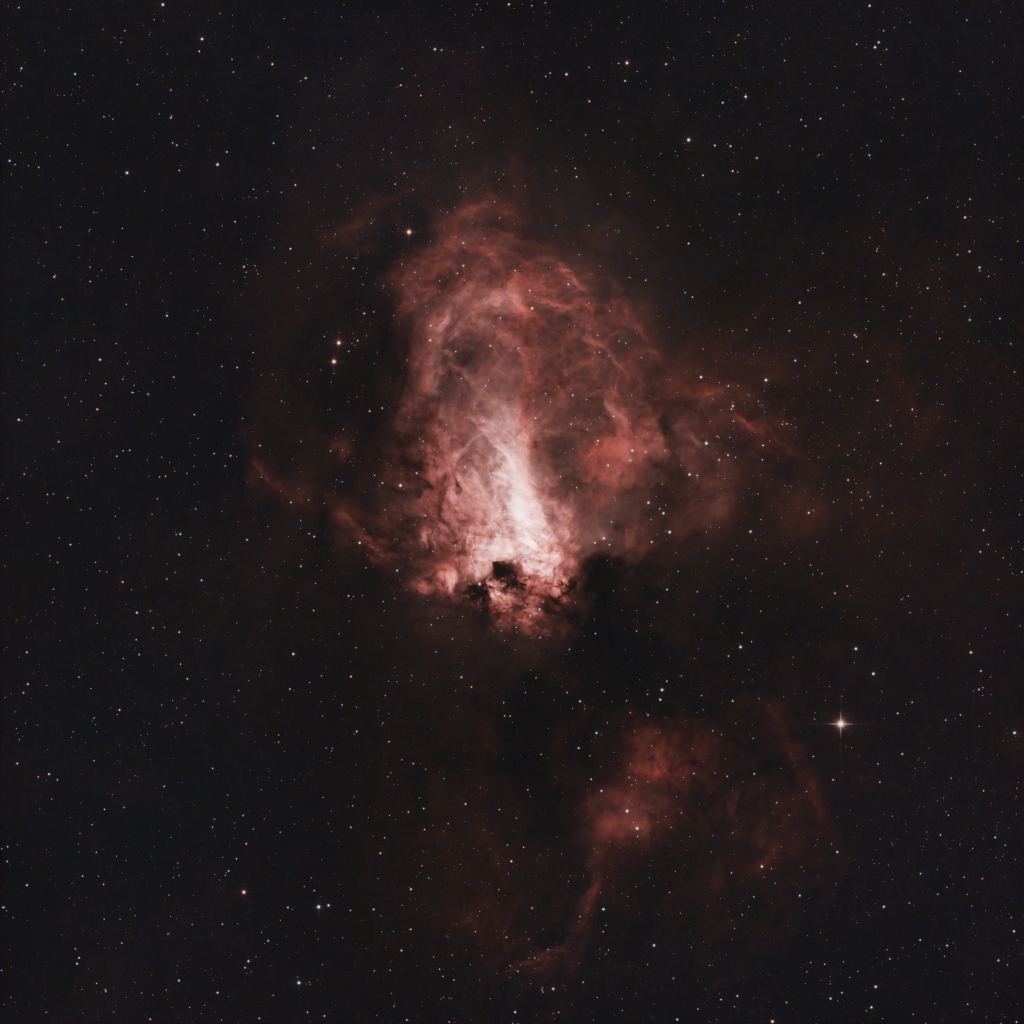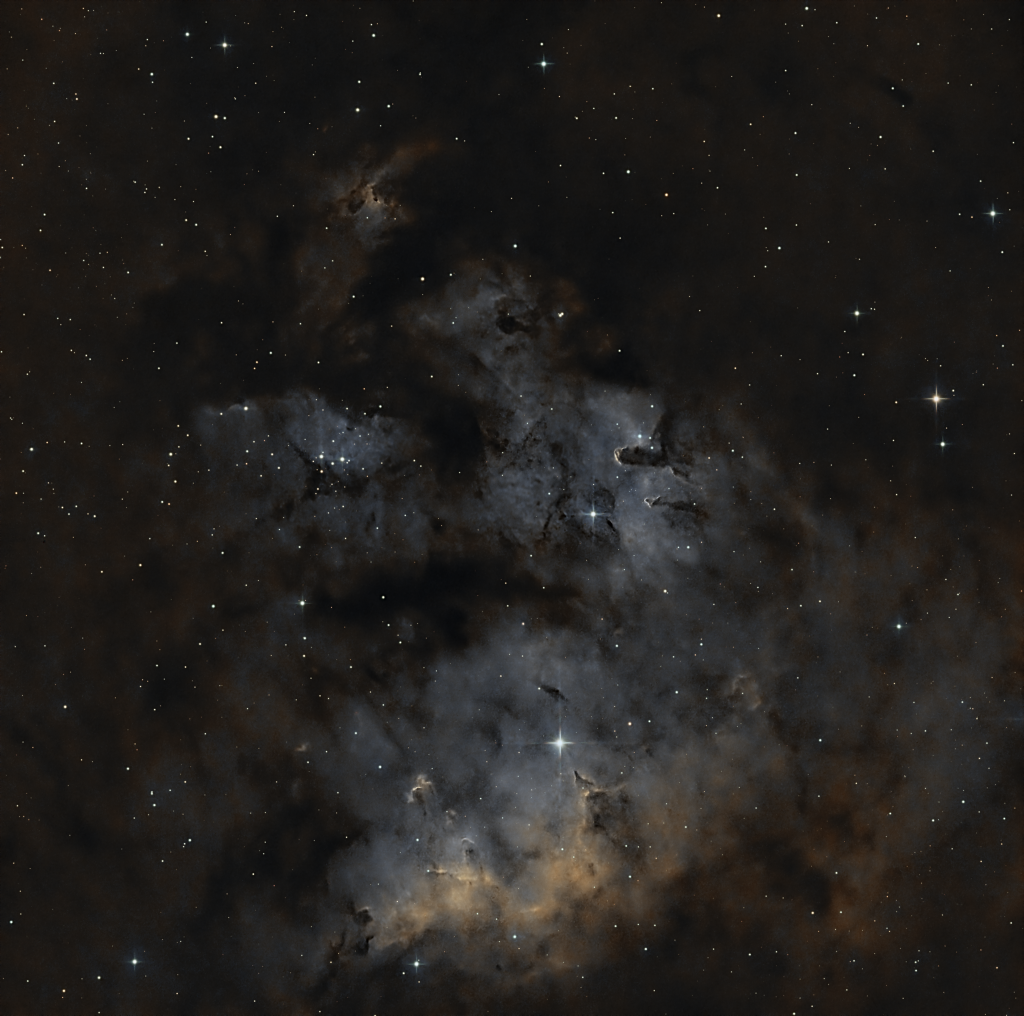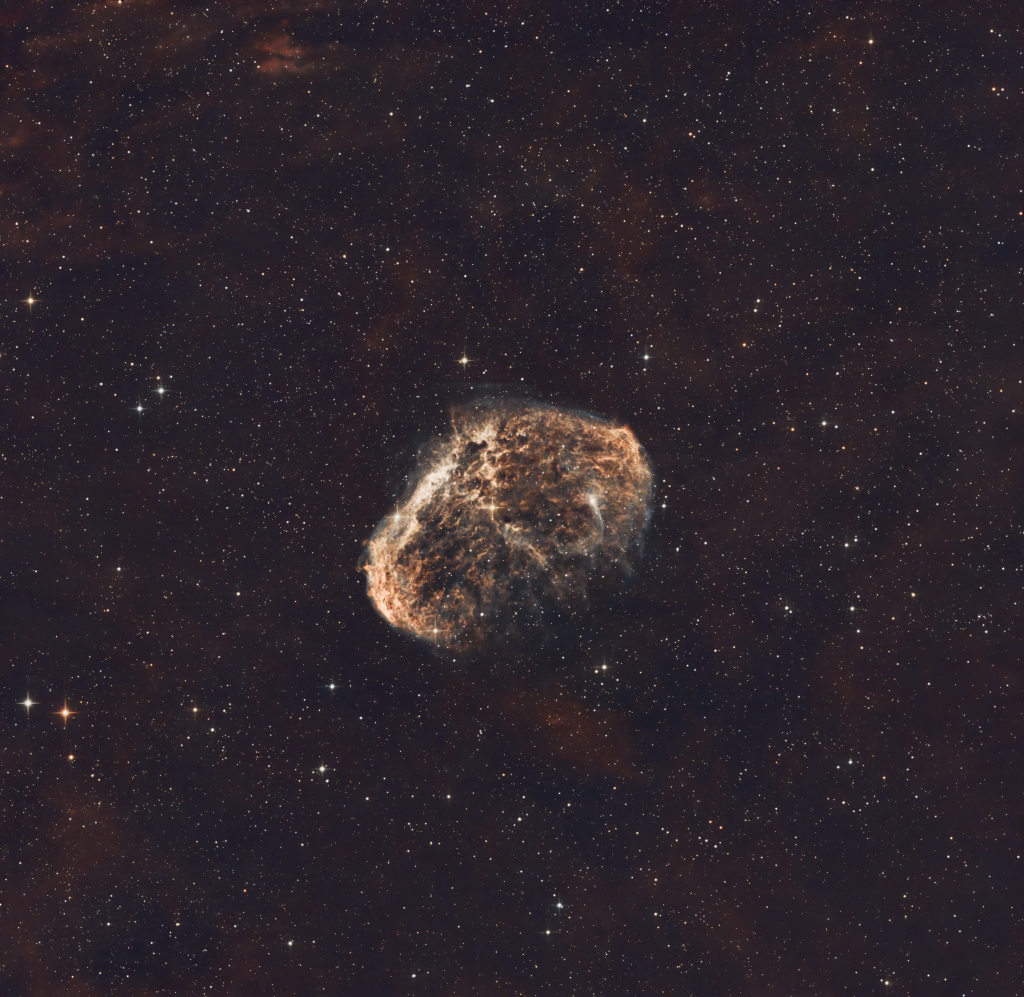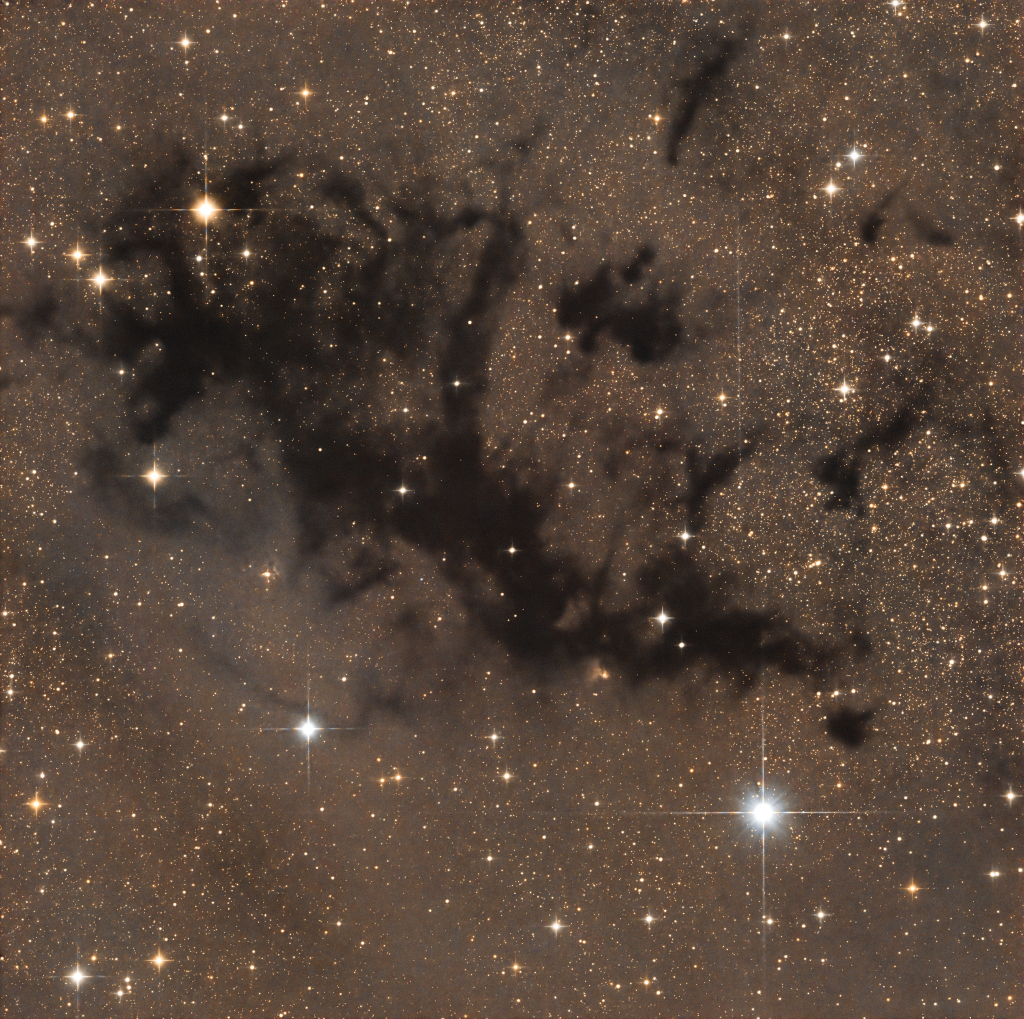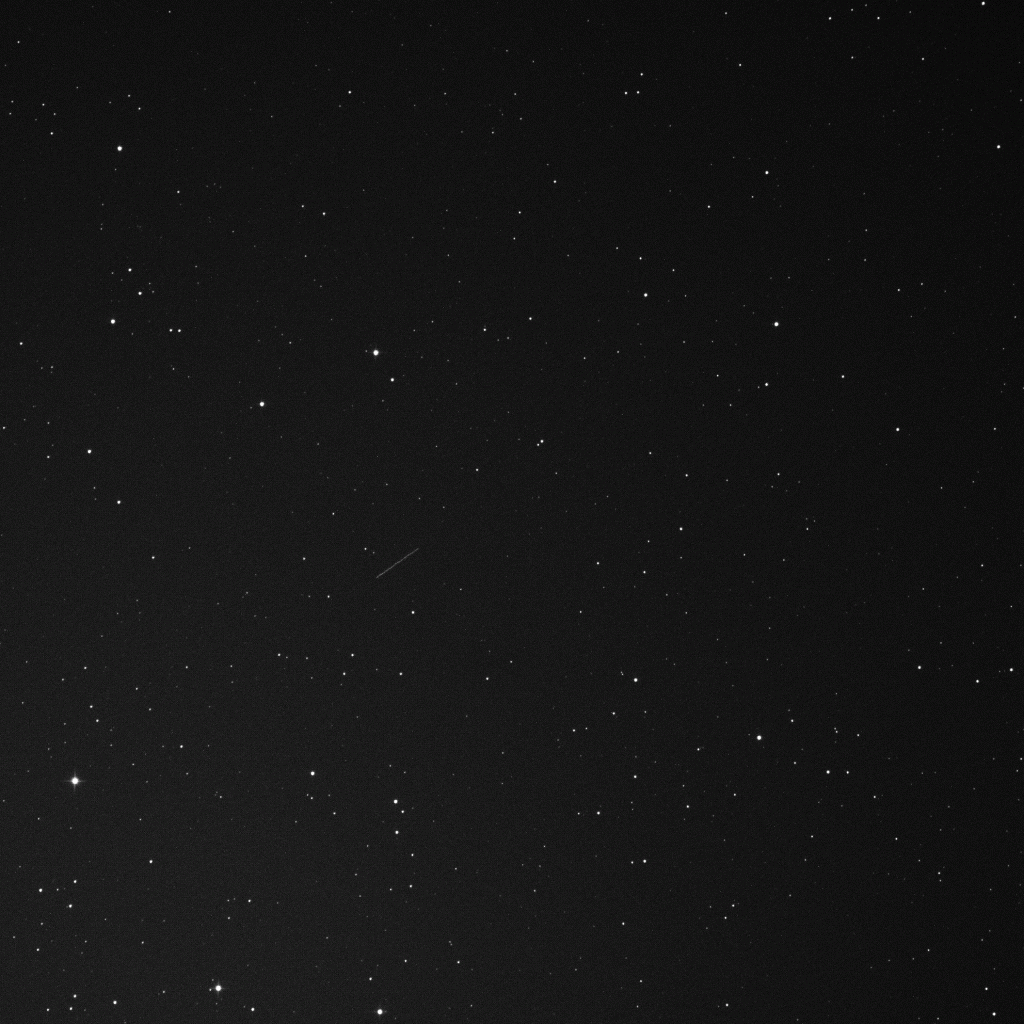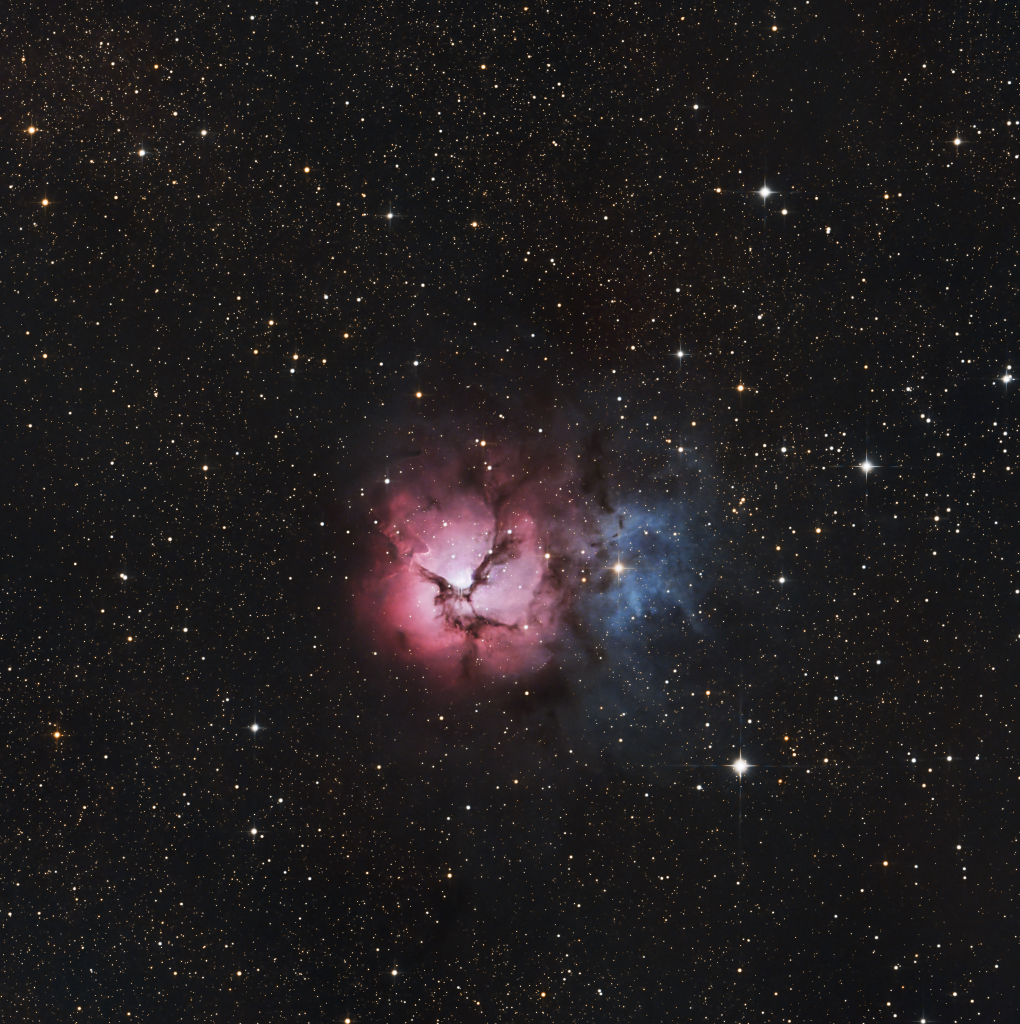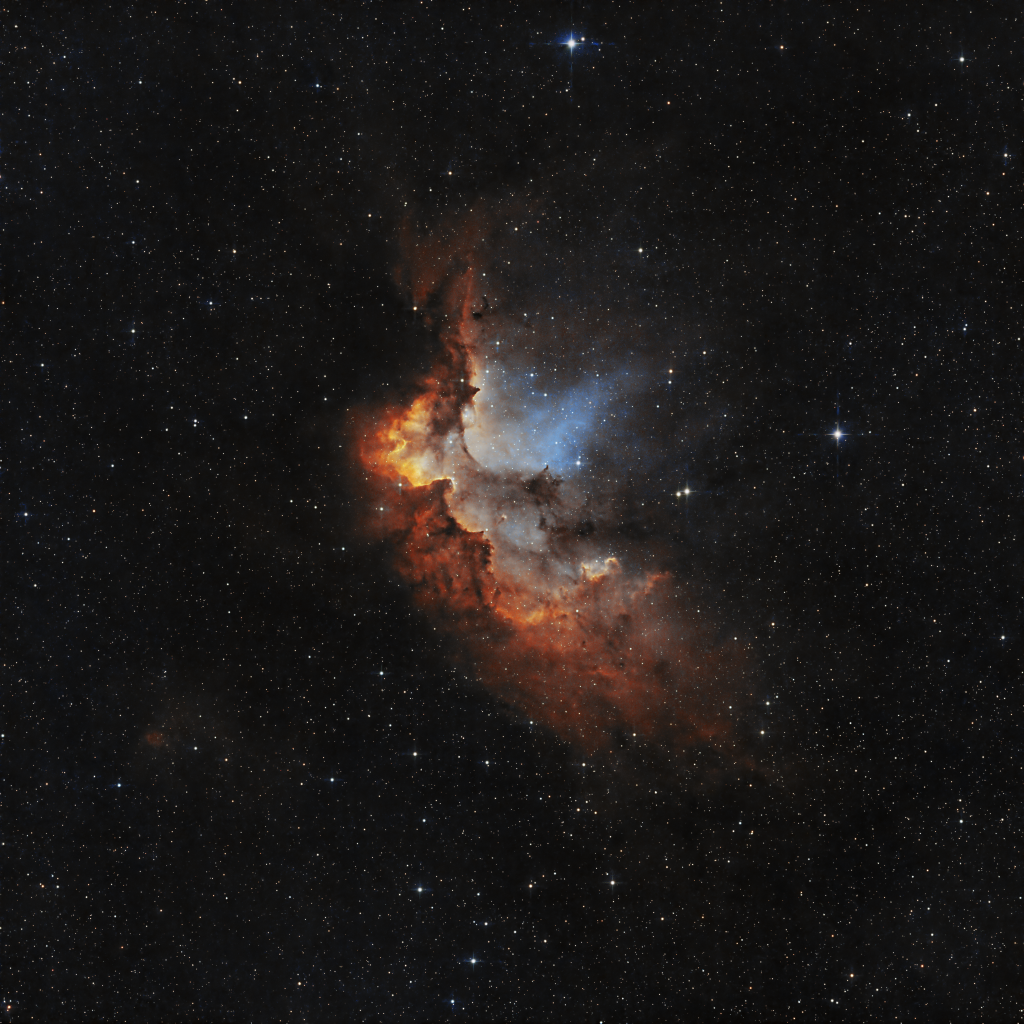Throwback
I’m on PTO so I have all the time in the world. I had 3 clear nights in a row and decided to image the Elephant Trunk Nebula and the Bubble Nebula. I’ve imaged both before and I really like to go back to those old images and compare.
Here is my first EAA image of IC1396 versus my most recent capture with a total integration time of 7.8 hours. On the EAA image the trunk is only visible as a dark feature.
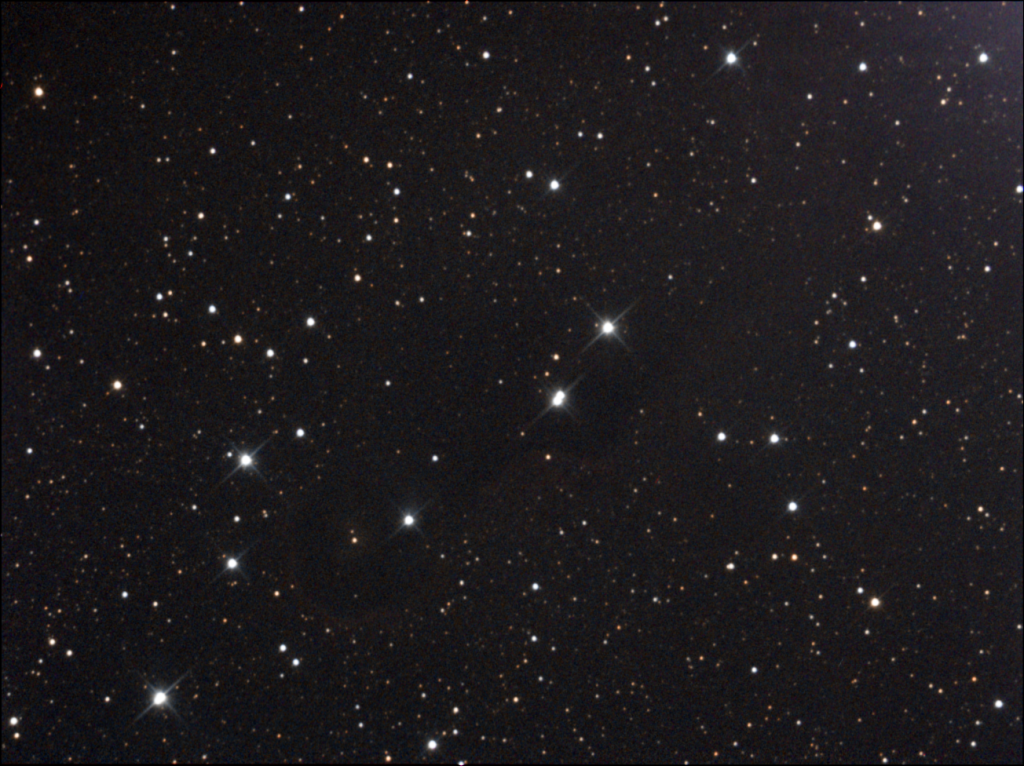
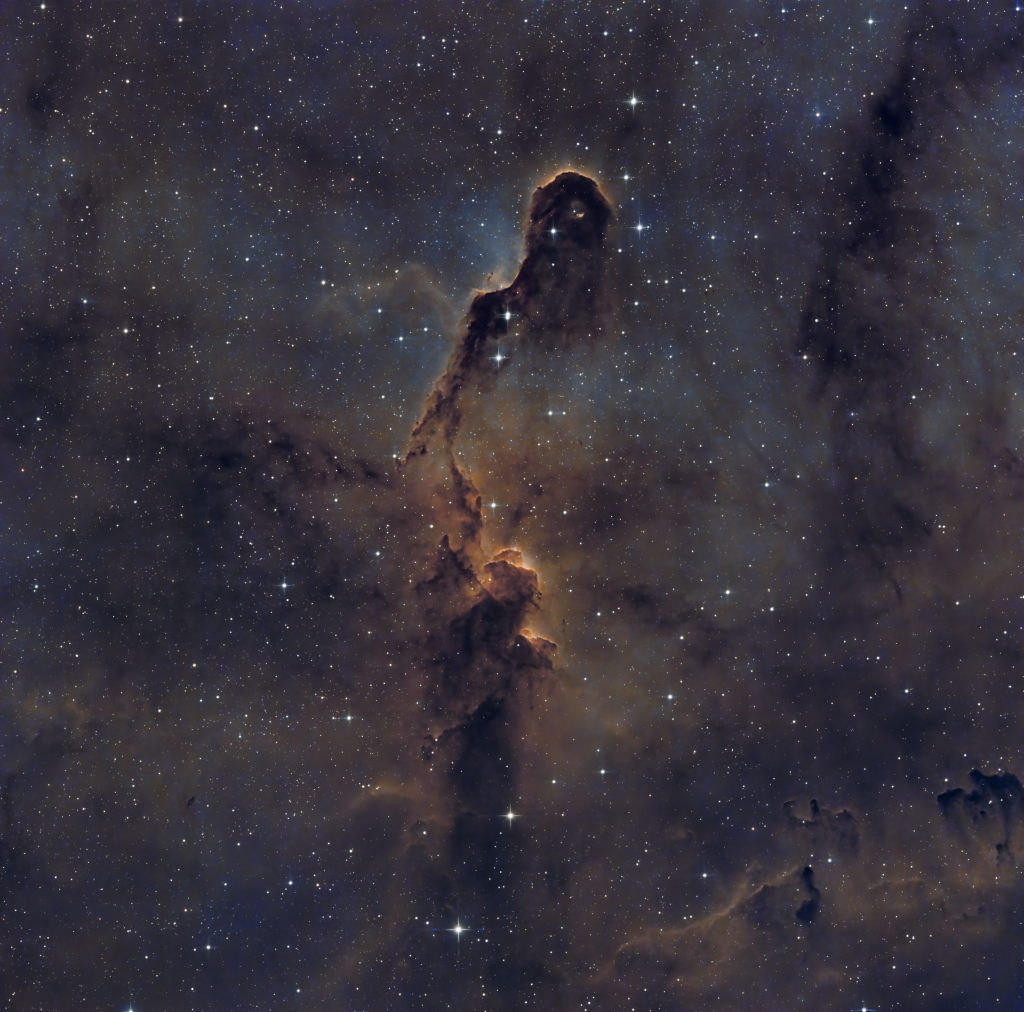
Same with NGC 7635. Seeing that Bubble ‘pop’ on the screen for the first time was something special.
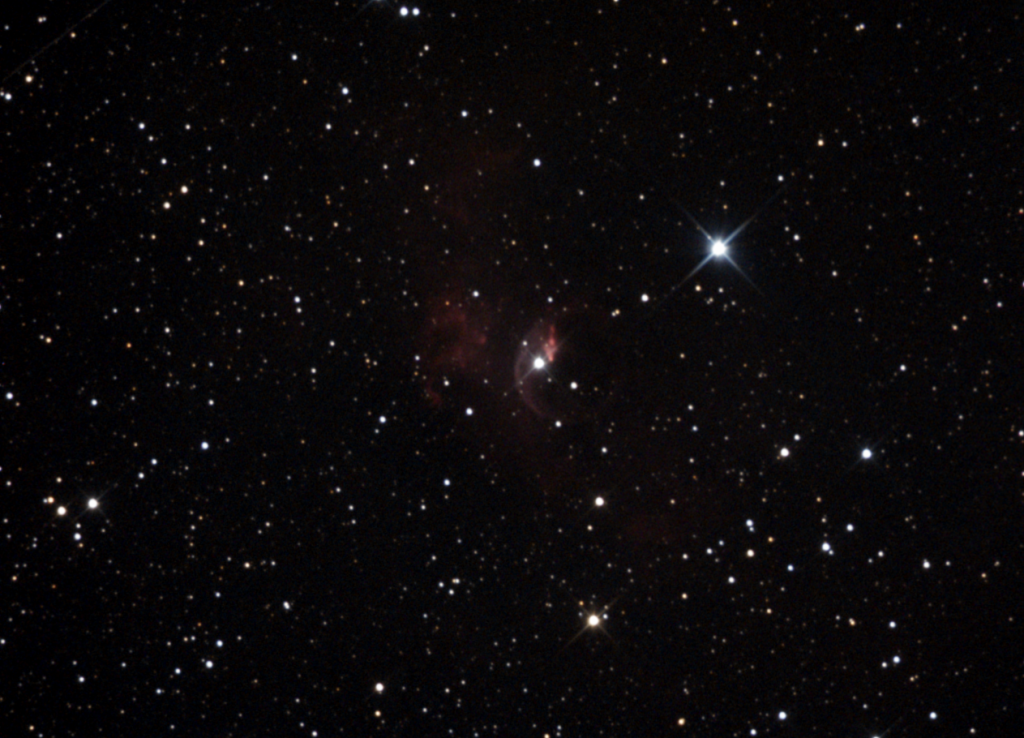
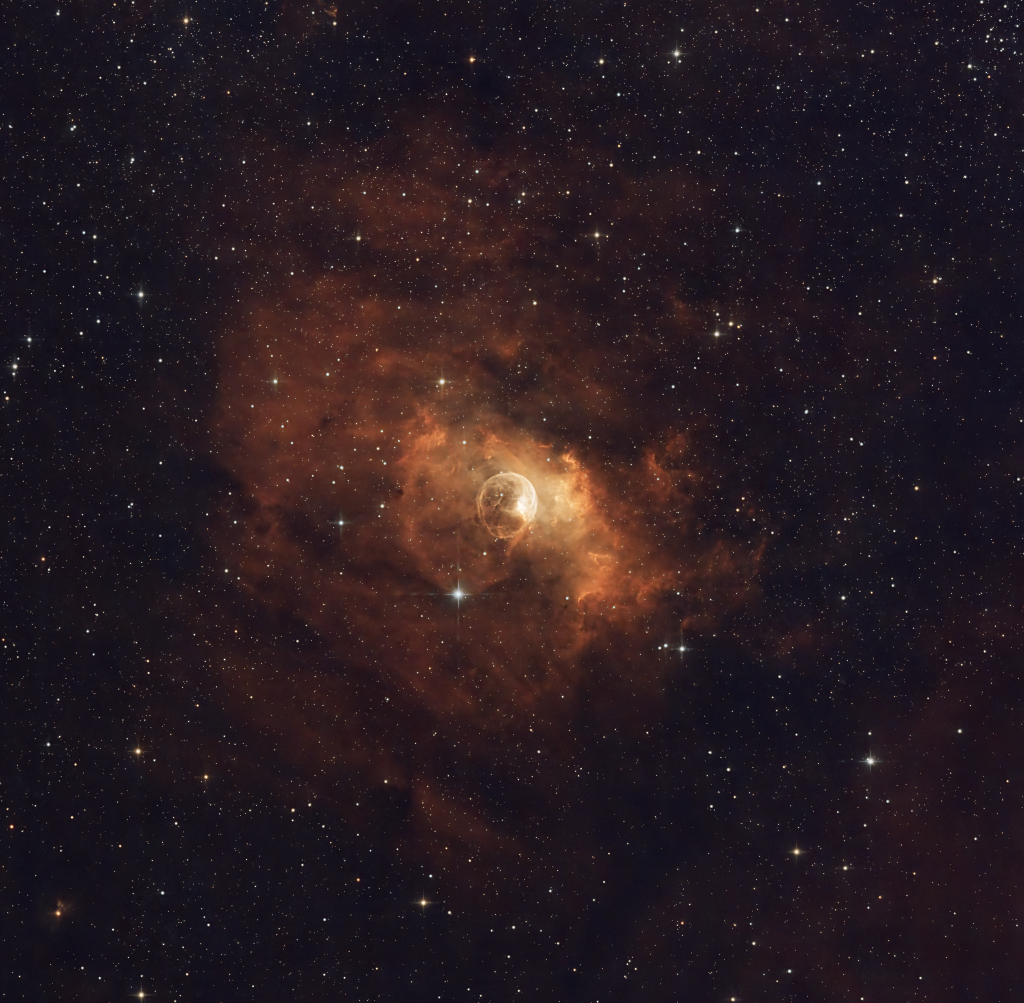
The EAA images were made with a planetary camera, focal reducer and a cheap UV/IR cut filter. The long exposure images were made with the same scope but with a cooled astro camera, a rather expensive duoband filter, an autofocuser, coma corrector etc. And while the EAA images were made sitting outside (sometimes in the cold), the long exposure images were made sitting inside while the scope and mount were doing everything on autorun mode.
Some people will say that makes astrophotography boring. But I still enjoy researching targets, reading about them and processing the final result. But they have a point. The excitement of EAA, live astronomy, starhopping and going really deep on objects (even if that results in blurry images) is a wonderful feeling. I didn’t ask anyone, but I’m sure lots of astrophotographers miss that sensation of sitting outside and discovering the universe with their own eyes, getting lost in dense milky way starfields. But as our busy lives take over, astrophotography is a very convenient way to stay ‘connected’.
I could go deeper from here on and invest in a better scope, more filters and maybe a monochrome camera but I don’t feel that urge. Instead I like to devote more time on spectroscopy, exoplanet transits and dimmer objects (which might require a larger scope unfortunately).
My plan for the rest of the summer is to focus on astrophotography during the clear nights and shoot some spectroscopy data anytime I can in between the clouds.
